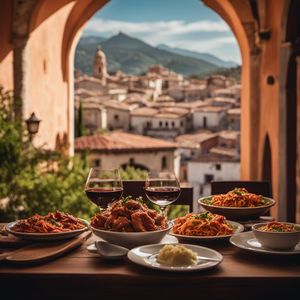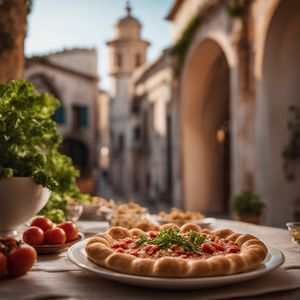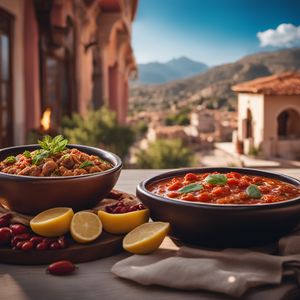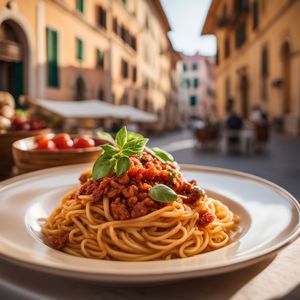
Dish
Zeppola di riso
Rice zeppola
Zeppola di riso is a sweet and indulgent dessert that is typically made by mixing rice flour with sugar, eggs, and butter, and then deep-frying the dough until golden brown. The fritters are then dusted with powdered sugar and served hot. Zeppola di riso is a popular dessert in Italy, and is often served during the Christmas season.
Origins and history
Zeppola di riso is believed to have originated in Naples, and is a popular dessert in many regions of Italy. It is often associated with the Christmas season, and is often served alongside other traditional Italian sweets and desserts.
Dietary considerations
Zeppola di riso is typically high in calories and carbohydrates, and is not suitable for those following a low-carb or low-calorie diet. However, it can be made with gluten-free flour for those with gluten sensitivities.
Variations
There are many variations of zeppola di riso, with different chefs and regions using different ingredients and techniques. Some popular variations include zeppola di San Giuseppe (St. Joseph's Day zeppola), zeppola di patate (potato zeppola), and zeppola di ricotta (ricotta-filled zeppola).
Presentation and garnishing
Zeppola di riso is typically served hot and crispy, and is often garnished with a dusting of powdered sugar or a drizzle of honey. It can also be served on a bed of lettuce or other greens, or on a platter with other desserts and sweets.
Tips & Tricks
To make the perfect zeppola di riso, be sure to use fresh ingredients and a high-quality frying oil. It is also important to make sure that the dough is well-mixed and has a smooth consistency, to ensure that the fritters are crispy and evenly cooked.
Side-dishes
Zeppola di riso is typically served as a dessert, and can be accompanied by a range of side dishes, such as ice cream, whipped cream, or fresh fruit. It is also often served with a dusting of powdered sugar or a drizzle of honey.
Drink pairings
Zeppola di riso pairs well with a range of drinks, including coffee, tea, and milk. In Italy, it is often served with a glass of sweet wine, such as Moscato d'Asti.
Delicious Zeppola di riso recipes
More dishes from this category... Browse all »

Akoumia
Greek cuisine

Ananasbeignets
French cuisine

Apfelradln
Austrian cuisine

Appelbeignet
Dutch cuisine

Bacio di Pantelleria
Italian cuisine

Baked Bananas Gabon
Gabonese cuisine

Bambalouni
Tunisian cuisine

Buñuelos de yuca
Colombian cuisine
More cuisines from this region... Browse all »

Abruzzese and Molisan cuisine
Savory, Earthy, Rustic, Hearty

Apulian cuisine
Fresh, Savory, Rustic, Simple

Arbëreshë cuisine
Savory, Tangy, Herbaceous, Spicy

Basilicatan (Lucanian) cuisine
Savory, Earthy, Rustic, Hearty

Ligurian cuisine
Light, Delicate, Herbaceous, Salty

Lombard cuisine
Rich, Savory, Meaty, Cheesy

Neapolitan cuisine
Bold, Savory, Spicy, Tangy, Fresh

Roman cuisine
Fresh, Light, Herbaceous, Tangy, Savory

